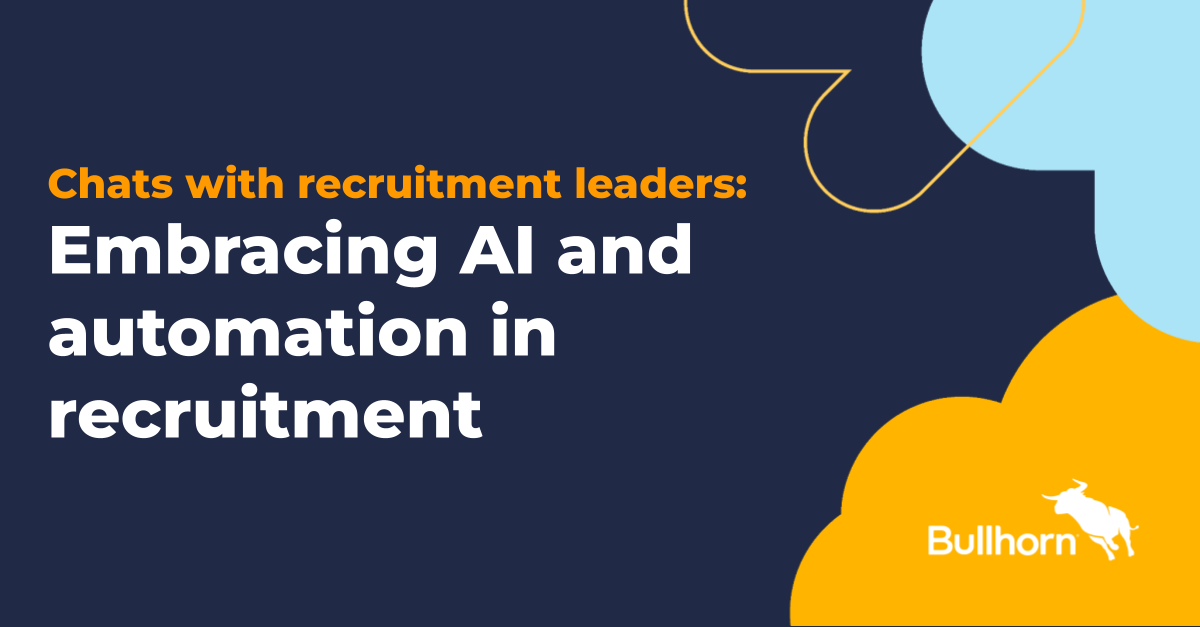As the business world becomes increasingly complex and competitive, achieving high performance with limited resources has become a top priority. Organisations are being challenged to deliver more with less, which means HR professionals need to rethink talent management, employee engagement, and workforce strategies. Identifying, nurturing, and retaining top talent is now critical for sustained business success. This shift has spurred a growing focus on high-performance cultures within organizations, with HR playing a central role in driving these initiatives.
The Demand for High Performance in a Changing Business Landscape
Today’s organisations are operating in a fast-paced, often unpredictable environment. Economic pressures, technological advances, and changing employee expectations have all contributed to the increased demand for high performance. Many businesses, particularly those recovering from recent global economic disruptions, need to maximise the output of their existing workforce while keeping costs in check.
To meet this challenge, HR departments are adopting new strategies that go beyond traditional management approaches. Companies are focusing on identifying key performers, creating personalised development plans, and fostering a culture that encourages continuous learning and adaptability. HR leaders now understand that fostering high performance isn’t simply about maximising efficiency—it’s about aligning individual contributions with broader organisational goals.
Identifying and Nurturing Key Talent
In the quest for high performance, recognising top talent has become a priority. Key performers—those employees who consistently deliver outstanding results and show leadership potential—are the lifeblood of any successful organisation. However, identifying these individuals requires more than just performance reviews. HR professionals are increasingly relying on data analytics and performance metrics to pinpoint high-potential employees.
Once identified, these employees must be nurtured. Personalised development plans that align with their skills and career aspirations are essential for keeping top talent engaged. This often involves providing opportunities for professional development, mentorship, and leadership training. By investing in these individuals, companies can create a talent pipeline that not only drives high performance but also ensures long-term organisational resilience.
Creating a Culture of High Performance
A high-performance culture doesn’t happen by accident—it must be cultivated. Organisations that successfully foster such a culture are those that align their employees’ efforts with the company’s strategic goals. This alignment creates a sense of purpose and motivates employees to perform at their best.
HR’s role in shaping this culture is critical. It begins with clear communication about the company’s values, goals, and expectations. Employees need to understand how their individual contributions fit into the bigger picture. Regular feedback and recognition programs help reinforce this alignment, providing employees with the guidance they need to stay on track.
Moreover, a high-performance culture encourages continuous improvement. HR departments can foster this mindset by promoting learning and development opportunities that allow employees to enhance their skills. Companies that invest in ongoing training are more likely to see their employees grow and adapt to new challenges, which is essential in today’s rapidly changing business environment.
The Role of Agile Talent Management
In the era of hybrid work models and remote teams, agility has become a key factor in driving high performance. Agile talent management is an approach that allows companies to respond quickly to changing business needs by developing a flexible, highly skilled workforce. It’s about having the right people, in the right roles, at the right time.
Agile HR strategies often involve cross-training employees, so they can move seamlessly between different functions as needed. This approach not only improves efficiency but also increases employee engagement by providing variety and new learning opportunities. Additionally, agile talent management encourages collaboration across departments, breaking down silos that can hinder innovation and performance.
Retention: The Key to Sustaining High Performance
Attracting and nurturing top talent is only half the battle—retaining these high performers is equally important. In today’s competitive job market, talented employees have more options than ever before. If companies fail to provide a compelling work environment, they risk losing their best people to competitors.
HR plays a crucial role in creating retention strategies that keep high performers engaged and loyal to the organisation. This often involves offering competitive compensation packages, but salary alone isn’t enough. Employees want meaningful work, opportunities for growth, and a supportive workplace culture. By providing these elements, HR can help ensure that top talent remains committed to driving the company’s success.
Conclusion: The HR-Led Path to High Performance
As the business environment continues to evolve, so too must HR’s approach to talent management. Driving high performance requires a multifaceted strategy that includes identifying key performers, creating a culture of excellence, and adopting agile management practices. By focusing on these areas, HR can ensure that their organizations are not only surviving in a competitive landscape but thriving.
In 2024 and beyond, the ability to do more with less will define the success of many organizations. HR’s role in fostering high performance will be critical, making it one of the most important strategic functions within modern companies. The path to high performance may be challenging, but with the right talent management strategies, it is within reach.
![]()
For more relevant posts:
- How to identify and nurture high potential employees within your organisation(Opens in a new browser tab)
- Optimising Workplace Happiness: Strategies for Enhancing Employee Satisfaction(Opens in a new browser tab)
- What You Need to Know About People Analytics to Improve HR?(Opens in a new browser tab)











